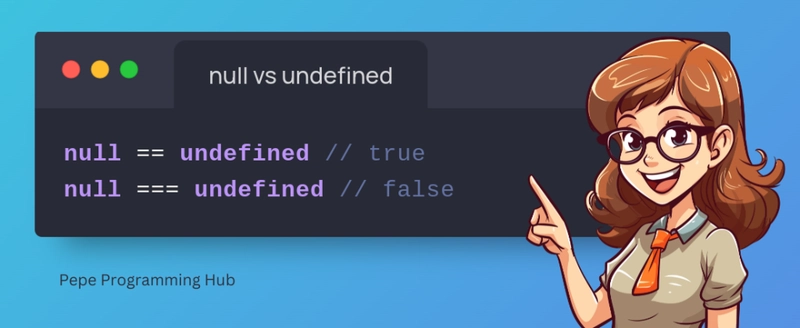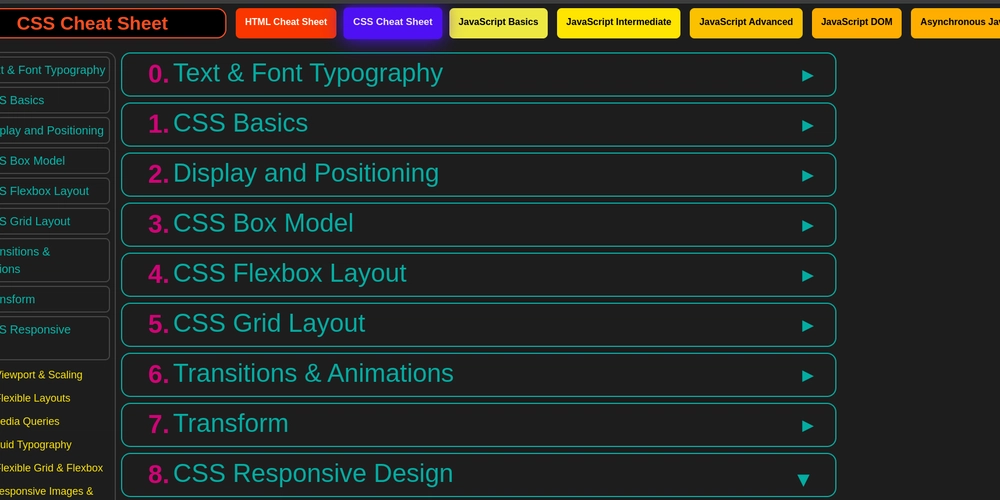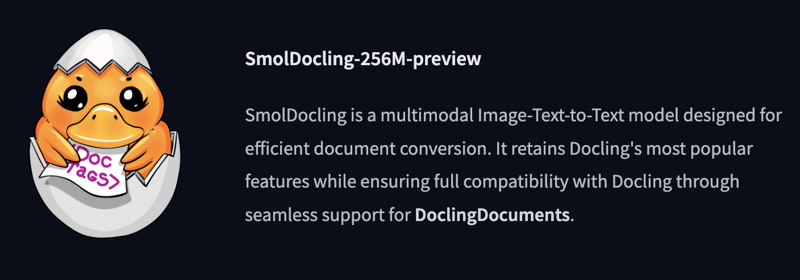The Empty Box Analogy: Understanding Null and Undefined in Code
Have you ever struggled to wrap your head around the concepts of null and undefined in programming? Do you find yourself wondering what the difference is between these two seemingly similar terms? In this post, we’ll explore a simple yet powerful analogy that will help you understand the distinction between null and undefined. Say hello to the empty box analogy! The Empty Box: A Simple yet Powerful Metaphor Imagine you have two empty boxes. That’s it – just two empty boxes. But here’s the thing: these boxes represent two different concepts in programming. Undefined: The Box Waiting to be Filled “Undefined” is like an empty box that’s still in the warehouse, waiting to be shipped. It represents the absence of a value because the box hasn’t been filled yet. In code, this is like a variable that hasn’t been assigned a value yet. Null: The Box Intentionally Left Empty “Null” is like an empty box that’s been intentionally left empty and labeled “empty”. It represents the intentional absence of a value because someone decided to leave the box empty. In code, this is like a variable that’s been assigned an empty value on purpose. Equality and Types: Checking the Boxes So, how do we check if these boxes are equal? There are two ways to do this: abstract equality (==) and strict equality (===). Abstract Equality (==): This is like checking if both boxes are empty. Both null and undefined boxes are empty, so they seem equal. Strict Equality (===): This is like checking if both boxes are not only empty but also the same type. Null and undefined boxes are different types, so they’re not strictly equal. So, the next time you’re faced with a null or undefined value, just remember: it’s not just an empty box – it’s a box with a specific meaning!

Have you ever struggled to wrap your head around the concepts of null and undefined in programming? Do you find yourself wondering what the difference is between these two seemingly similar terms?
In this post, we’ll explore a simple yet powerful analogy that will help you understand the distinction between null and undefined. Say hello to the empty box analogy!
The Empty Box: A Simple yet Powerful Metaphor
Imagine you have two empty boxes. That’s it – just two empty boxes. But here’s the thing: these boxes represent two different concepts in programming.
Undefined: The Box Waiting to be Filled
“Undefined” is like an empty box that’s still in the warehouse, waiting to be shipped. It represents the absence of a value because the box hasn’t been filled yet. In code, this is like a variable that hasn’t been assigned a value yet.
Null: The Box Intentionally Left Empty
“Null” is like an empty box that’s been intentionally left empty and labeled “empty”. It represents the intentional absence of a value because someone decided to leave the box empty. In code, this is like a variable that’s been assigned an empty value on purpose.
Equality and Types: Checking the Boxes
So, how do we check if these boxes are equal? There are two ways to do this: abstract equality (==) and strict equality (===).
Abstract Equality (==): This is like checking if both boxes are empty. Both null and undefined boxes are empty, so they seem equal.
Strict Equality (===): This is like checking if both boxes are not only empty but also the same type. Null and undefined boxes are different types, so they’re not strictly equal.
So, the next time you’re faced with a null or undefined value, just remember: it’s not just an empty box – it’s a box with a specific meaning!










































































































































































![[The AI Show Episode 142]: ChatGPT’s New Image Generator, Studio Ghibli Craze and Backlash, Gemini 2.5, OpenAI Academy, 4o Updates, Vibe Marketing & xAI Acquires X](https://www.marketingaiinstitute.com/hubfs/ep%20142%20cover.png)



























































































































![[FREE EBOOKS] The Kubernetes Bible, The Ultimate Linux Shell Scripting Guide & Four More Best Selling Titles](https://www.javacodegeeks.com/wp-content/uploads/2012/12/jcg-logo.jpg)



![From drop-out to software architect with Jason Lengstorf [Podcast #167]](https://cdn.hashnode.com/res/hashnode/image/upload/v1743796461357/f3d19cd7-e6f5-4d7c-8bfc-eb974bc8da68.png?#)






































































































.png?#)




.jpg?#)































_Christophe_Coat_Alamy.jpg?#)








































































































![Rapidus in Talks With Apple as It Accelerates Toward 2nm Chip Production [Report]](https://www.iclarified.com/images/news/96937/96937/96937-640.jpg)









































































































































